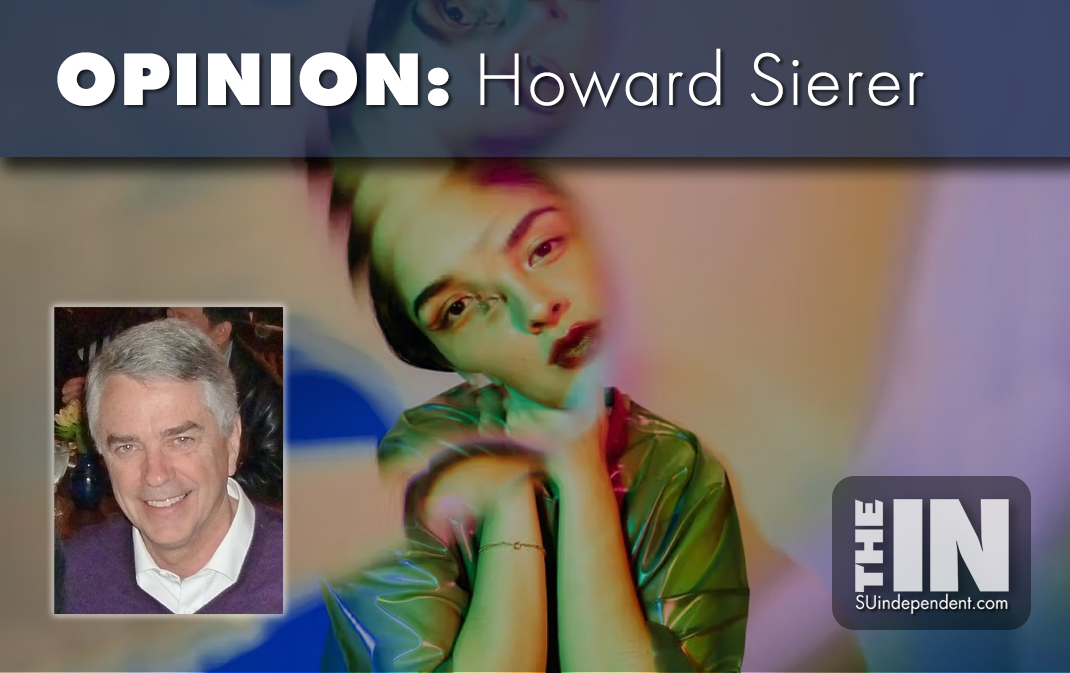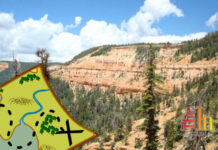
Teens, Marijuana, and Psychosis
– By Howard Sierer –
Utah legalized medical marijuana in 2018, sending a message to the state’s teens and young adults that marijuana is good medicine. It’s not.
Unlike Utah’s half-step, many states across the country have legalized marijuana for all users, unleashing an epidemic of disastrous consequences for teens and young adults. Thousands of them have developed delusions and paranoia after using cannabis.
What’s changed? Addiction psychiatrist Dr. Deepali Gershan says, “This isn’t the cannabis of 20, 30 years ago.” Up to 20% of her caseload is patients for whom she suspects cannabis use triggered a psychotic episode.
Until recently, marijuana was referred to as plant material. These days, it can often mean plant extract containing highly concentrated THC, the substance responsible for marijuana’s intoxicating effects, or lab-created derivatives that were rare a couple of years ago. The average THC content of cannabis seized by the Drug Enforcement Administration was 15% in 2021, up from 4% in 1995. Many products advertise THC concentrations of up to 90%.
Dr. Deepak D’Souza, professor of psychiatry at Yale University School of Medicine, notes that symptoms of serious mental disorders, including schizophrenia, often emerge in adolescence. Cannabis can’t be isolated as the culprit in any particular case, but large studies show a clear link between frequent use of today’s more potent cannabis and higher rates of psychosis, particularly in young users.
A 2017 study in the American Journal of Psychiatry showed that even one psychotic episode following cannabis use was associated with a 47% chance of a person developing schizophrenia or bipolar disorder. The risk was highest for people 16 to 25 years old, higher than for substances including amphetamines, hallucinogens, opioids, and alcohol.
Healthcare analytics company Truveta reported in January that “rates of diagnoses for cannabis-induced disorders were more than 50% higher at the end of November 2023 than in 2019.”
At Boston Children’s Hospital, doctors are treating more children developing psychotic disorders from cannabis use. Nearly a third of adolescents they see for checkups say they are using cannabis. About a third of children using cannabis report experiencing hallucinations or paranoia.
According to the University of Michigan’s 2022 Monitoring the Future survey, from 6.3% to 11.3% of Americans ages 18 to 22 reported using marijuana daily, compared with 0.8% to 2% for alcohol. Similarly, from 11.3% to 13.8% of those ages 23 to 30 reported using marijuana daily, compared with 4.6% for alcohol. Even 8.4% of 35-year-olds consume pot every day, more than the 7.5% who use alcohol daily.
The message in all this: today’s high-THC marijuana is a dangerous drug for teens and young adults. Yet despite the steady drumbeat of reports from medical practitioners across the country, the federal Health and Human Services Department ignores marijuana’s potential for inducing psychosis. In a review published on 12 January, HHS supported moving marijuana from Schedule I of the Controlled Substances Act to the less restrictive Schedule III. Schedule I drugs are those with a high potential for abuse, including heroin, ecstasy, and peyote. Schedule III drugs have a moderate to low potential for physical and psychological dependence. They include Tylenol with codeine, testosterone, and other anabolic steroids.
The Biden administration didn’t follow the science on COVID, and now it’s not following the science on marijuana. The HHS report promotes the mistaken perception that pot isn’t all that dangerous, most likely because the drug is popular among young liberals.
The Utah Medical Association opposed Utah’s 2018 ballot proposition legalizing medical marijuana. Under pressure from the cannabis industry and marijuana users, the initiative passed with a slim majority of citizens’ votes. After it was passed, I stated that “Utah’s controversial legalization of medical marijuana put THC on teen radar screens. If marijuana is legal medicine, why not use it?”
The answer to that question for teens and young adults is the real risk of delusions, paranoia, and psychosis.



